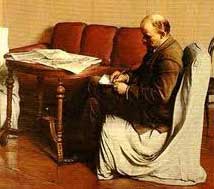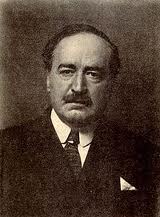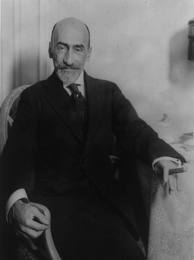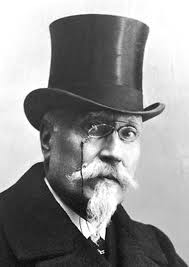Spanish Realism Literature
Side by side with the emergence of nationalistic tendencies and in great measure due to the technological advances that came with the industrial era, the XIX century was shaped with an affinity for natural landscapes and a compulsive desire to tell things as they are. It was the birth of Realism and Naturalism.

Traceable all the way back to the XVII century, landscape painting had been a popular art form for almost two centuries, already. Nevertheless, the conceptual postulates put forward by the Romantics, together with their infatuation with secluded spots, sublime landscapes and even country roads, placed Nature right at the core of a larger argument that questioned its role in human cognition and experience.
Indirectly, the Romantic representation of a moody Nature sparked, almost as a jerk reaction, the emergence of Realism, whereby supporters of this style advocated a more objective depiction of the world, less tainted by the violent emotional shifts that defined Romanticism.
Literary Realism

From natural landscapes, to social conventions and behaviour, Realism sought to convey things as they were. In literature this tendency gained much favour, especially among the nascent bourgeoisie, who championed the sober and often conservative style of social realism.
Literary Realism in Spain gained prominence toward the final third of the XIX century, with what came to be known as the Generation of 68. Some of the most intriguing writers in Spanish history were part of this generation, most notably Benito Pérez Galdós, Vicente Blasco Ibáñez and Leopoldo Alas, whose pseudonym, Clarín, is far more recognisable.
Primarily known for his non-fiction work, Clarín is also one of the most valuable exponents of literary realism in Spain. His La Regenta, the first of two novels he ever wrote, has been acclaimed as the outstanding achievement of the time, with its careful depiction of the vice and danger inherent to contemporary society.
While Clarín was deeply concerned with the realities of his hometown, Oviedo, Vicente Blasco Ibáñez developed a literary interest in his own place of birth: Valencia. Cañas y barro, possibly his most acclaimed work, stands out among his regional novels for the crudeness with which it portrays the tough reality faced by a group of fishermen-turned-farmers.
Nevertheless, Blasco Ibáñez would achieve world fame not for his regional novels but for a number of cinematographic adaptations, most notably The Four Horsemen of the Apocalypse (1921, feat. Rodolfo Valentino), Blood and Sand (1922, also featuring Velentino), Mare Nostrum, Torrent (feat. Greta Garbo) and The Temptress (also featuring Garbo), all from 1926.

Ramón de Campoamor developed Spanish literary Realism in the form of verse. Originally a young poet with Romantic inclinations, Campoamor soon moved towards the aesthetics precepts of Realism, incorporating a vast element of humour and cynicism to his compositions. Most famous for his short poems, which he calls doloras and humoradas, Campoamor explored the possibilities of 140-character stories long before Twitter.
In a sense, Realism resembles the Enlightenment in that both took literature - the art of writing, as it were - and gave it anew a didactic, rather than a creative, role. That is not to say that there was no room for creation: there was, and plenty. But the imagination of bold writers, such as Galdós and Campoamor, or Jacinto Benavente in theatre, was subordinate to the analysis, critique or even dissection of the reality performed by the talent of those writers.
Realism in Theatre

In this respect, Spanish theatre was no different to the rest of literary Realism, except that the stage presented a particularly good opportunity to portray society in a clear and crude light. During this time, verse was finally discarded from traditional theatre while at the same time there was a dramatic rise in the production of zarzuelas and sainetes.
The two most representative figures of literary Realism in Spanish theatre, Jacinto Benavente and José Echegaray, were both awarded the Nobel prize in literature early in the XX century, and are both often read in language courses and performed in professional circles.
